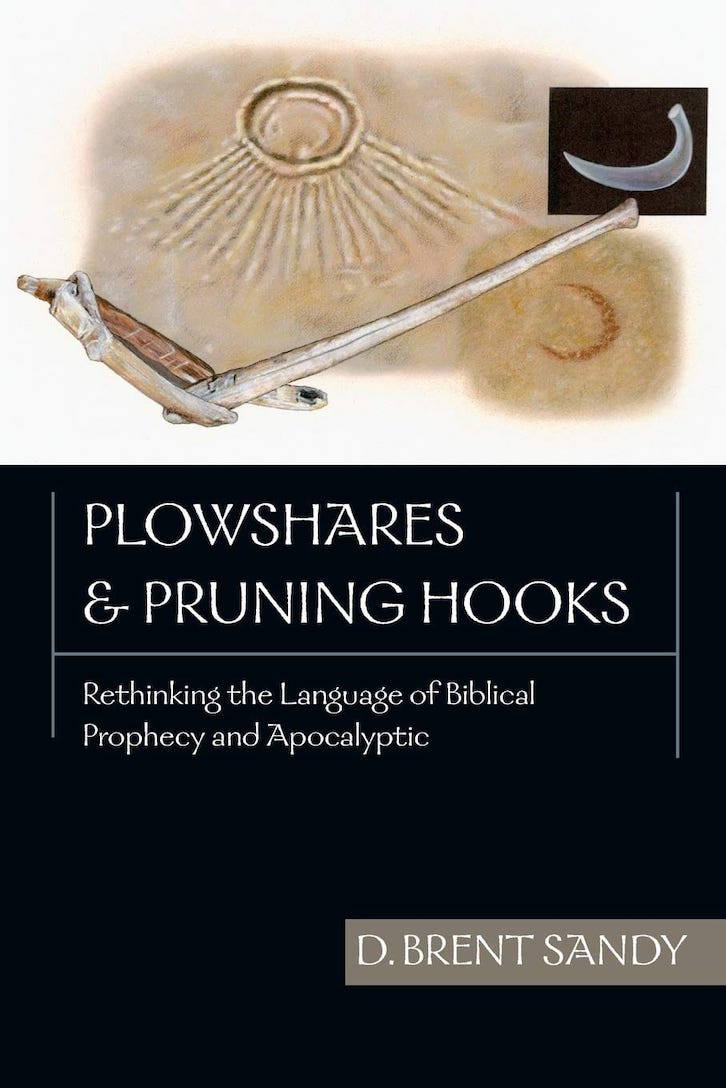
Response Paper for Plowshares & Pruning Hooks: Rethinking Prophecy & Apocalyptic by Brent Sandy
Introduction
Plowshares and Pruning Hooks: Rethinking the Language of Biblical … Read the rest

Plowshares and Pruning Hooks: Rethinking the Language of Biblical … Read the rest



